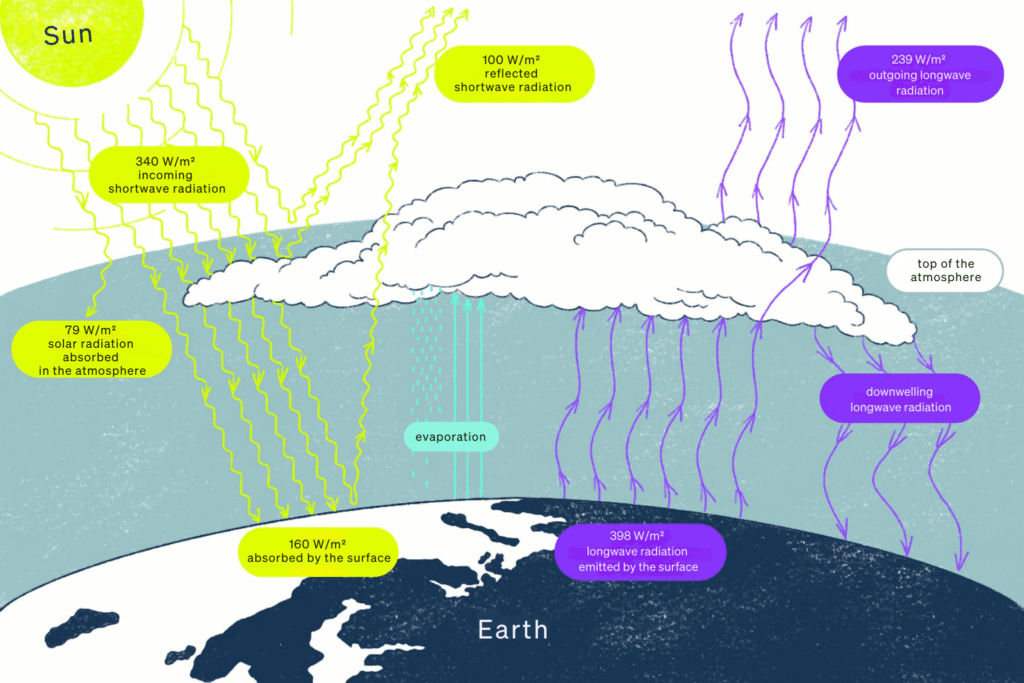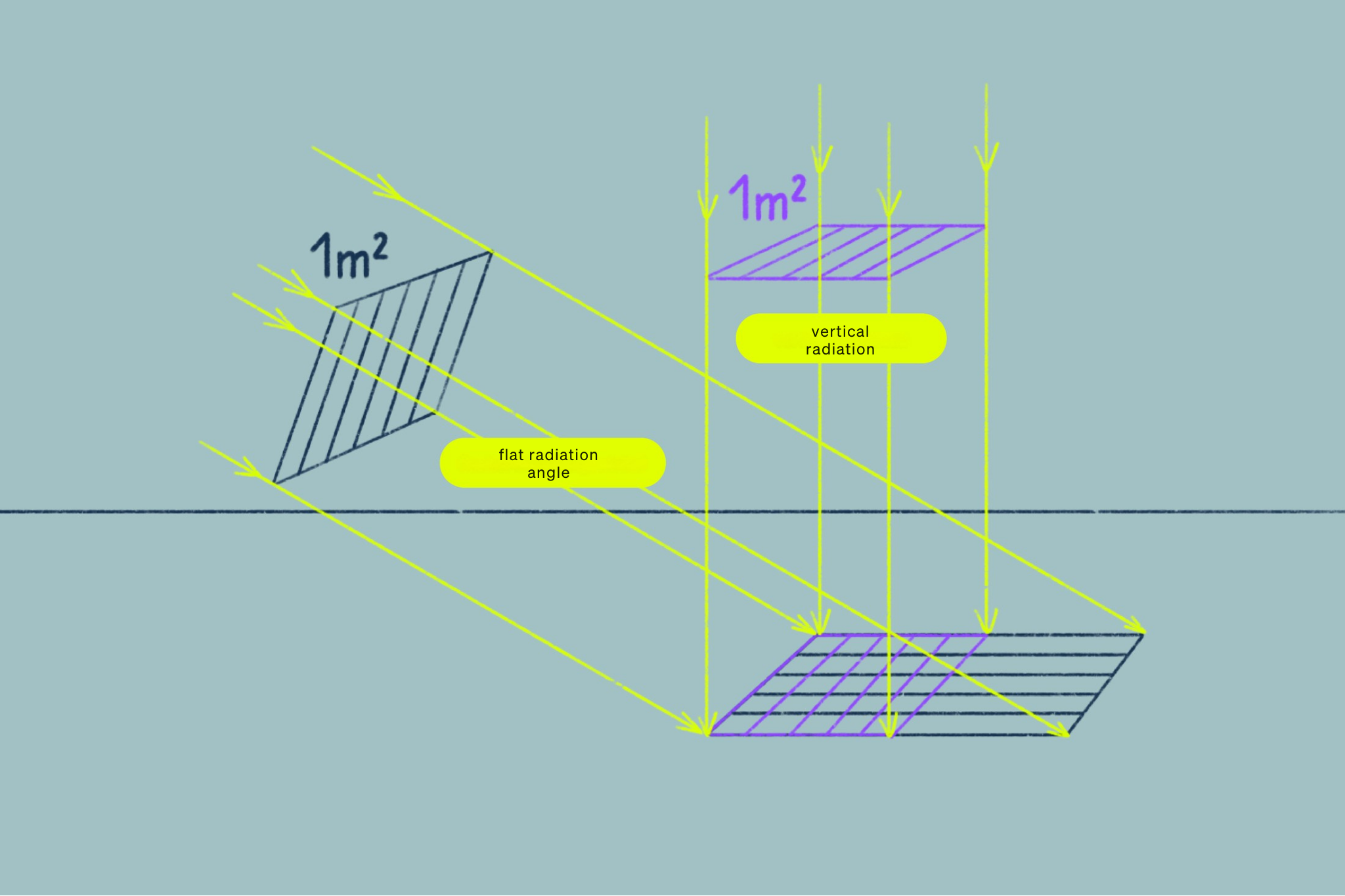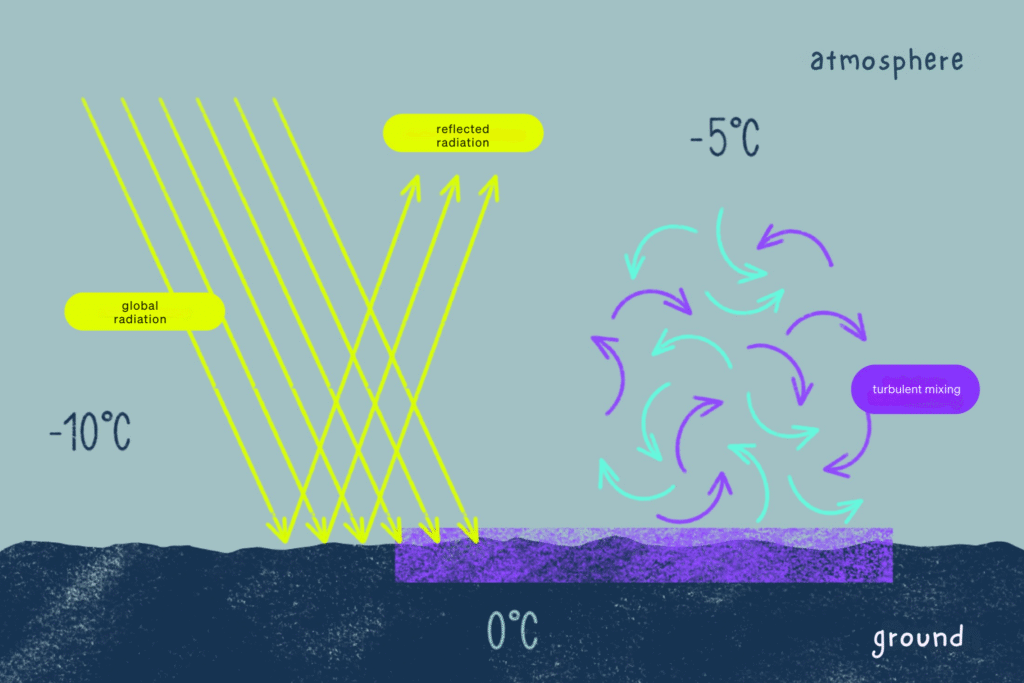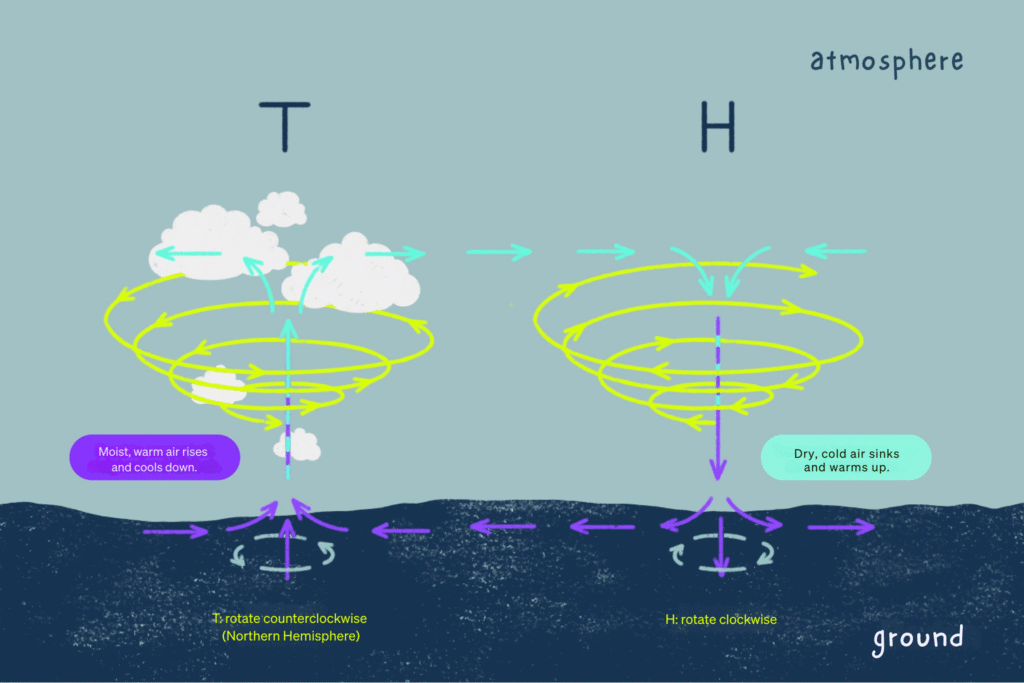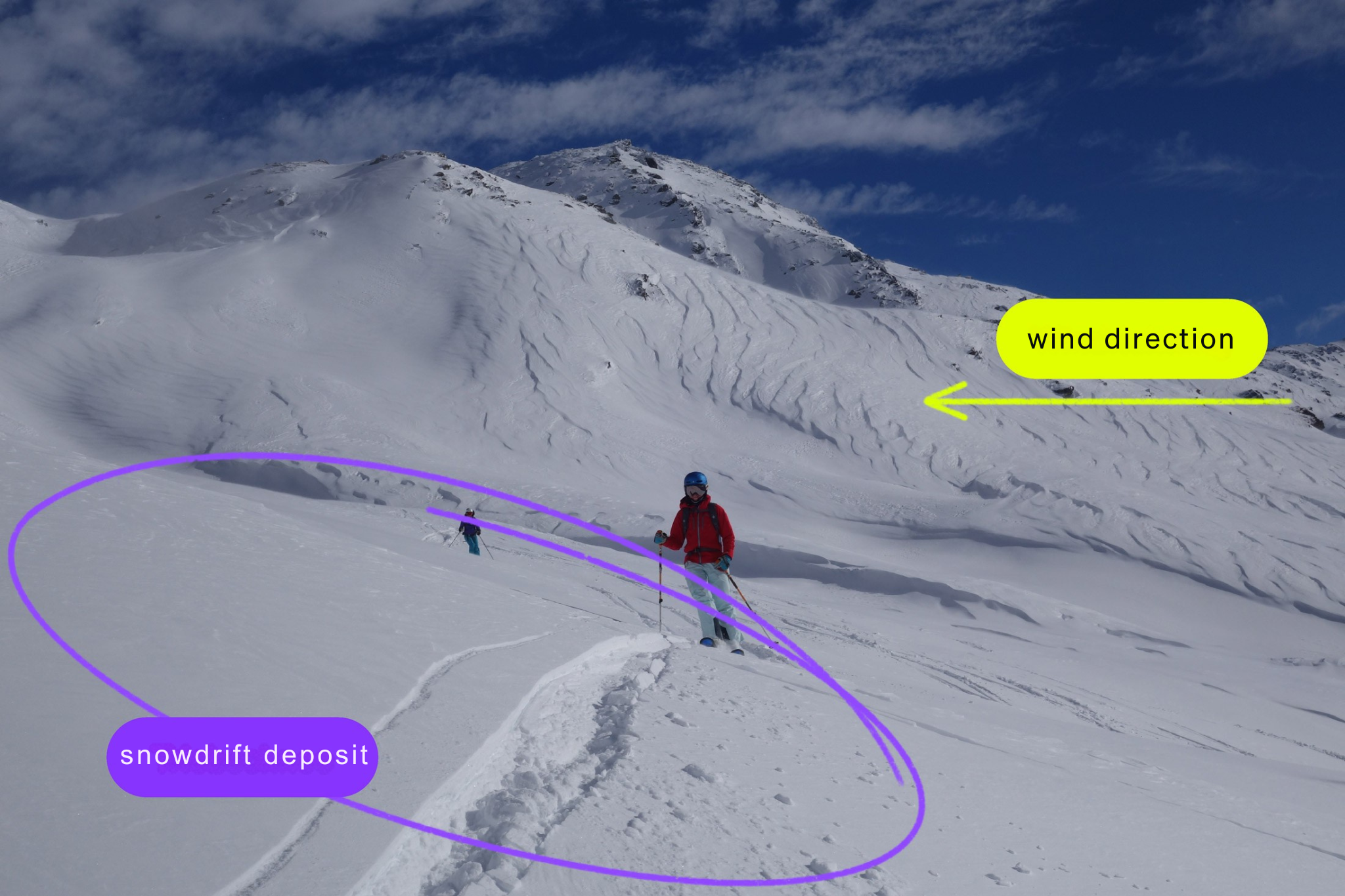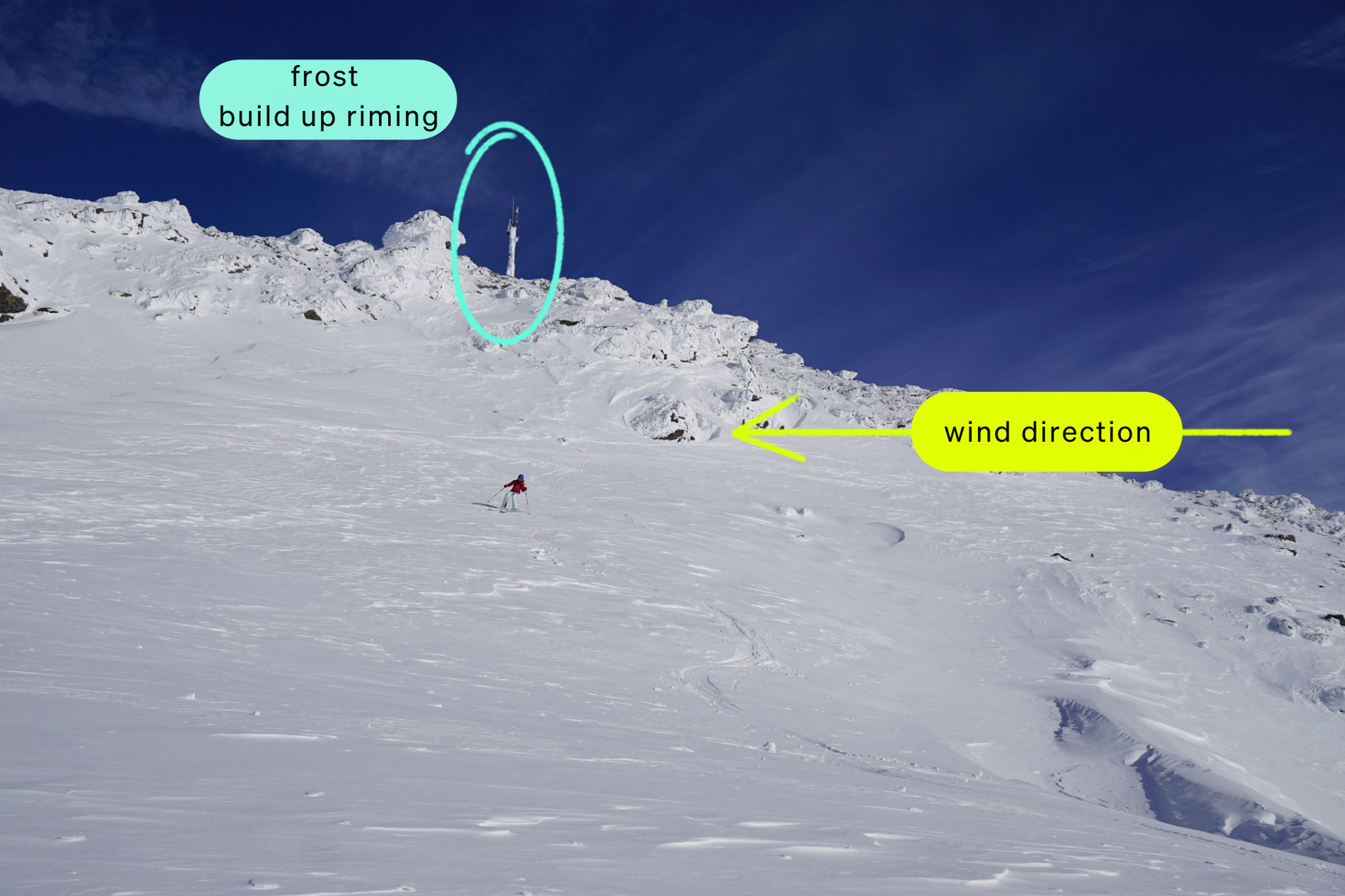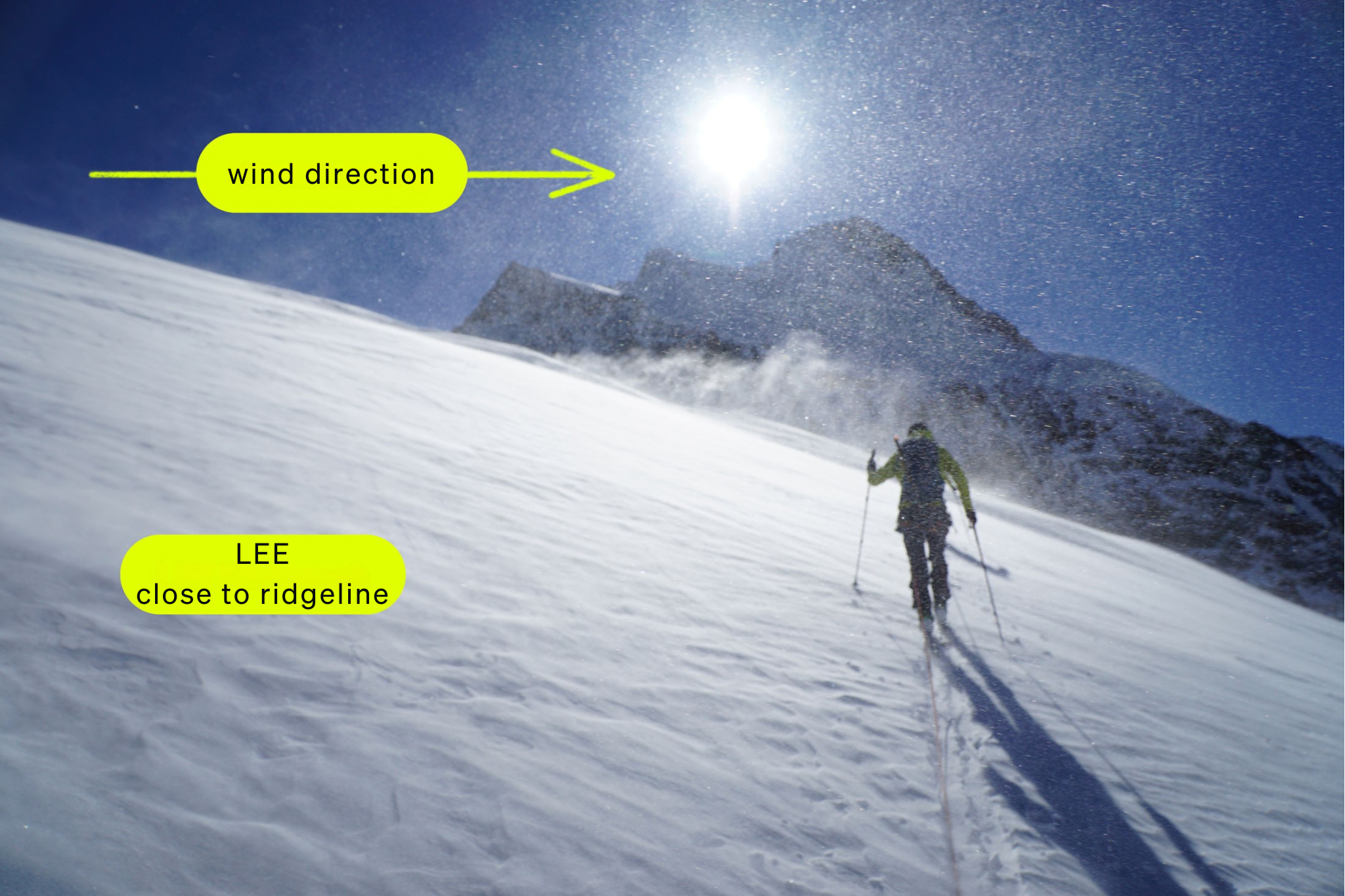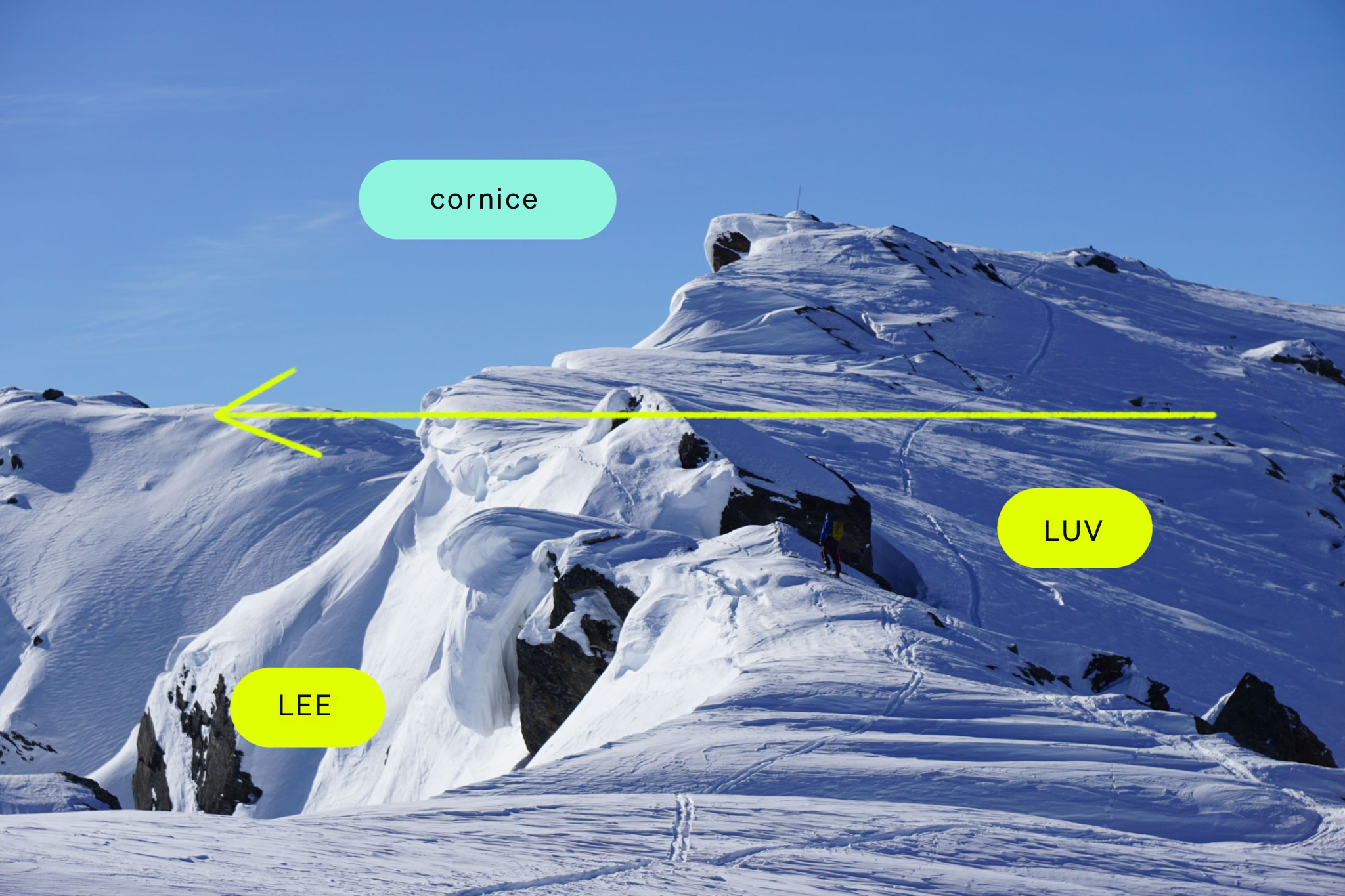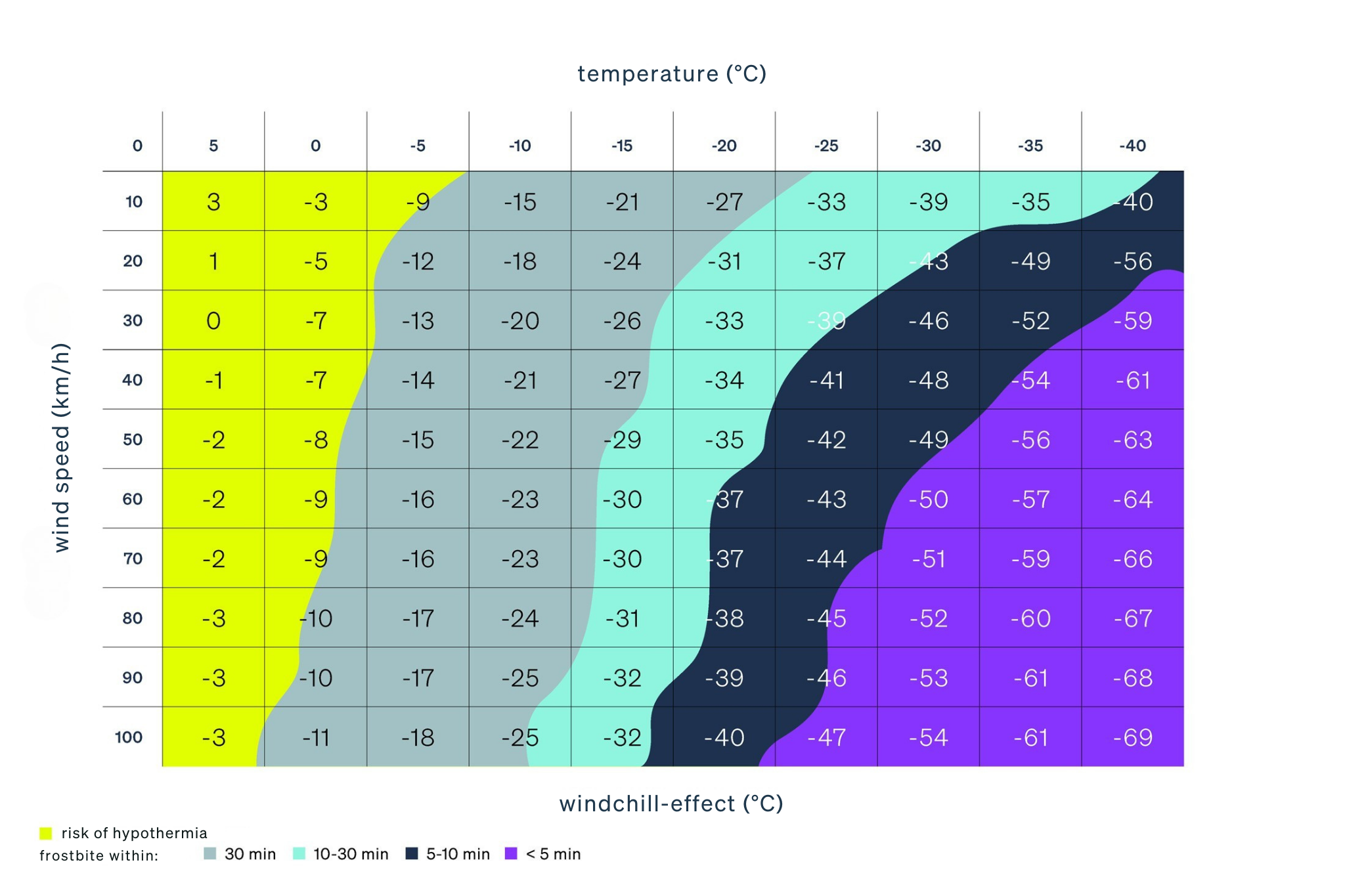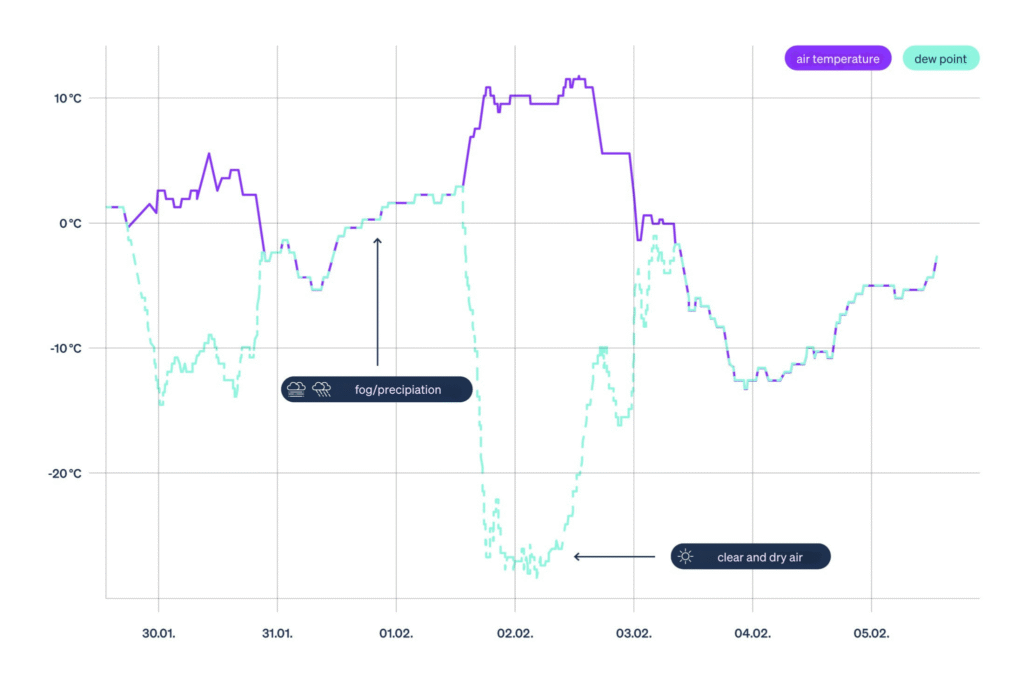Weather basics and important terms to understand the weather report
16.07.2025
In order to be safe in the mountains, a sound knowledge of the weather and the most common terms in the weather forecast are essential. When planning, before and during an (alpine) tour – whether in winter or summer – you should always check the weather forecast, the actual weather at the start of the tour and how the weather will develop over the course of the day. The basic prerequisite for this is to understand the weather forecast and be able to interpret it correctly.
